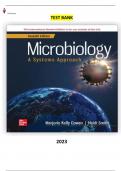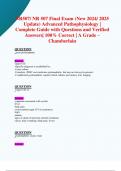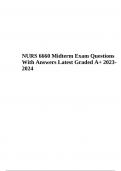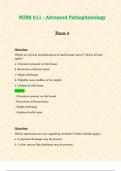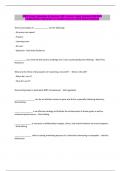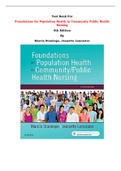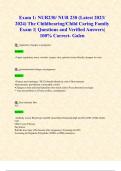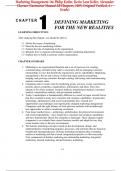Exam (elaborations)
Test Bank for Infection Control and Management of Hazardous Materials for the Dental Team 7th Edition by Chris Miller. All 30 Chapters Included
- Course
- Dental Health
- Institution
- American Intercontinental University Online
Test Bank for Infection Control and Management of Hazardous Materials for the Dental Team 7th Edition by Chris Miller. All 30 Chapters Included & Updated|241 Pages|36USD| Test Bank for Infection Control and Management of Hazardous Materials for the Dental Team, 7th Edition by Chris Miller Tes...
[Show more]




